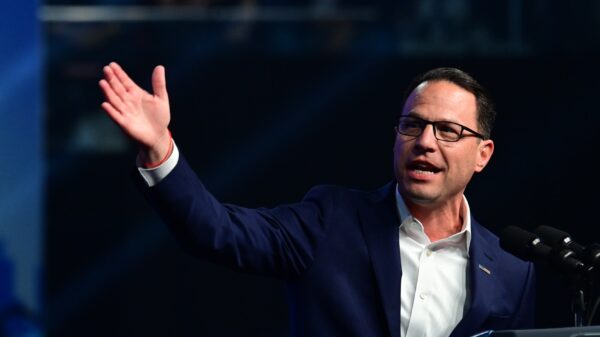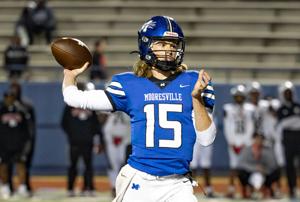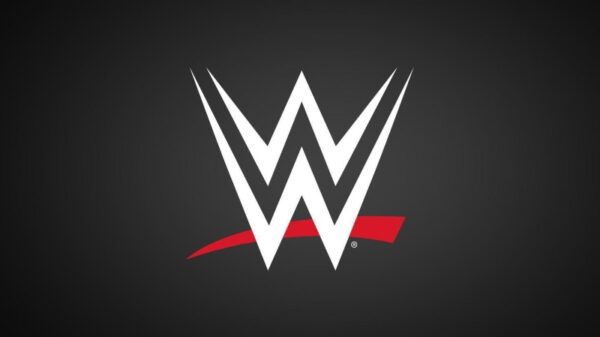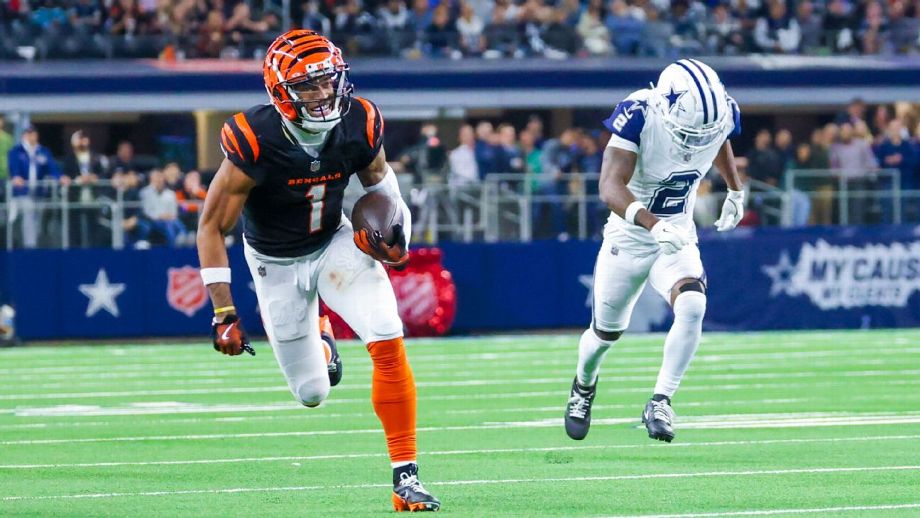Fantasy football enthusiasts are gearing up for the upcoming season, and many are considering their strategies for salary cap drafts. Unlike traditional formats where players are selected in a predetermined order, salary cap drafts allow managers to bid on players from a collective pool, creating a dynamic and engaging experience.
Among the top choices for the first overall pick is Ja’Marr Chase, the standout wide receiver for the Cincinnati Bengals. His impressive performance last season, marking one of the highest scoring seasons for a receiver, solidifies his position as a top-tier selection. Many players may choose to select Chase first, but for those drafting later, such as in the ninth or tenth position, alternative strategies will be necessary.
Understanding Salary Cap Drafts
In a salary cap draft, each manager operates with a set budget, typically around $200, to assemble their team. Players are nominated in a fixed order, and managers bid on them until the highest bid wins. This format offers a unique opportunity for managers to pursue their desired players, rather than being at the mercy of draft order.
The excitement of salary cap drafts lies in their unpredictability. Managers must be prepared to adapt their strategies throughout the process. For instance, if a player like Bijan Robinson or Saquon Barkley becomes the focus of heated bidding, it may be wise to adjust priorities to secure a different but valuable player.
While some may advocate for a “stars-and-scrubs” strategy—investing heavily in a few elite players—others may prefer a balanced approach, filling their rosters with solid players across multiple positions. Flexibility is key; the ability to pivot when faced with unexpected bidding wars can lead to a more robust team.
Maximizing Your Draft Strategy
As the bidding unfolds, managers should remain vigilant about how much they are willing to spend on specific players or positions. It is advisable to establish a tiered ranking system before the draft, allowing managers to identify potential bargains while also being prepared to splurge when necessary. Resources like those provided by ESPN can offer guidance, but each manager should tailor their approach based on personal strategy.
Monitoring the bidding process is essential. Some players may be overvalued, while others could present exceptional value. Overcommitting early can leave a manager with insufficient funds later, while being overly conservative might result in a lack of talent on the roster.
Remember that the drafting phase is just the beginning. Managers should plan to adjust their teams throughout the season based on player performance, injuries, and bye weeks. It is important not to leave the draft with a weak position, as there will be opportunities to trade or acquire new players once the season is underway.
For new managers, practice can significantly enhance preparedness. The Mock Draft Lobby provides a platform to simulate salary cap drafts, offering invaluable experience in managing time and understanding the bidding mechanics.
As the fantasy football season approaches, embracing the salary cap draft format could invigorate your experience. While the adage goes that you can’t always get what you want, a well-planned bidding strategy may just lead to securing what you need for a successful season.




































































